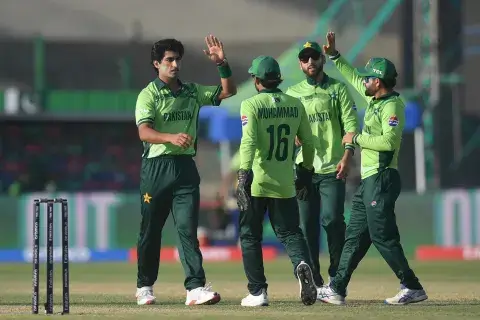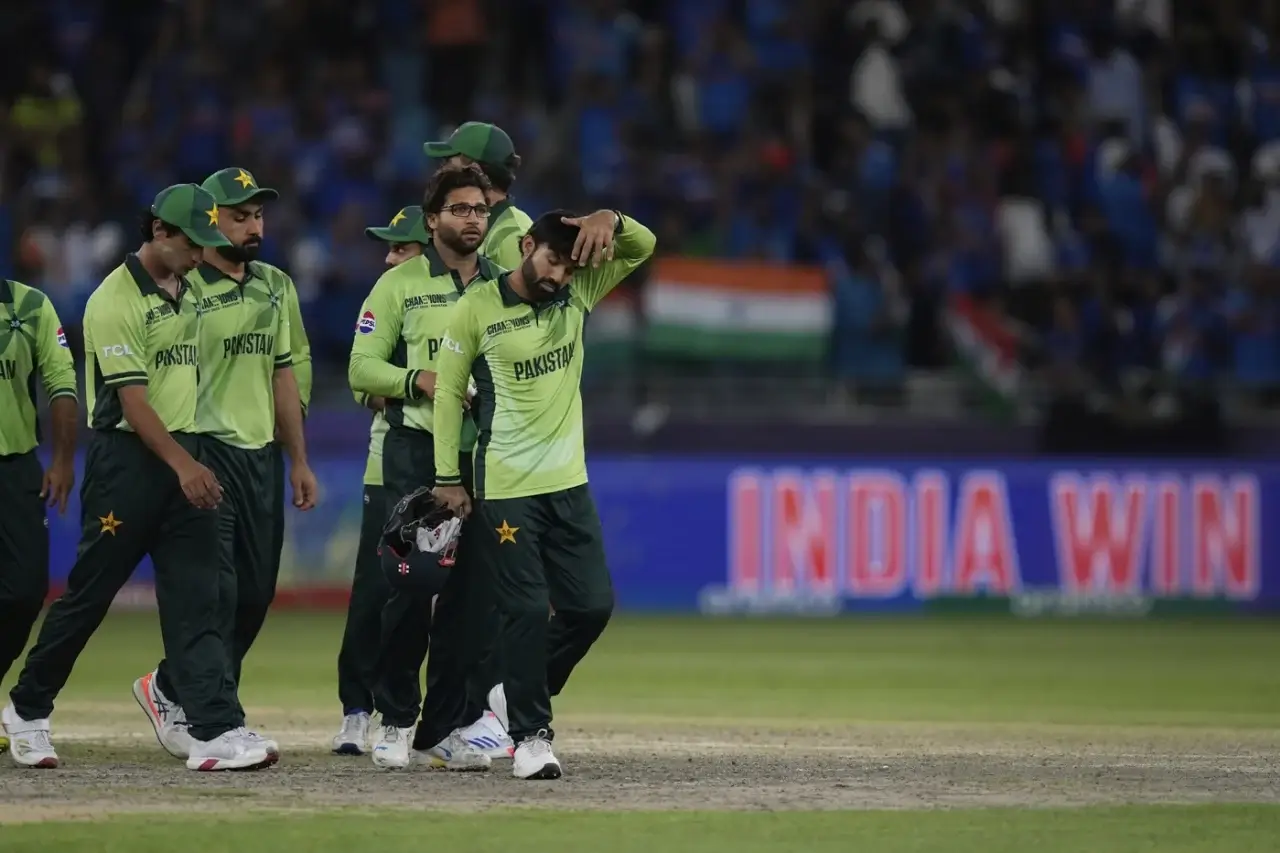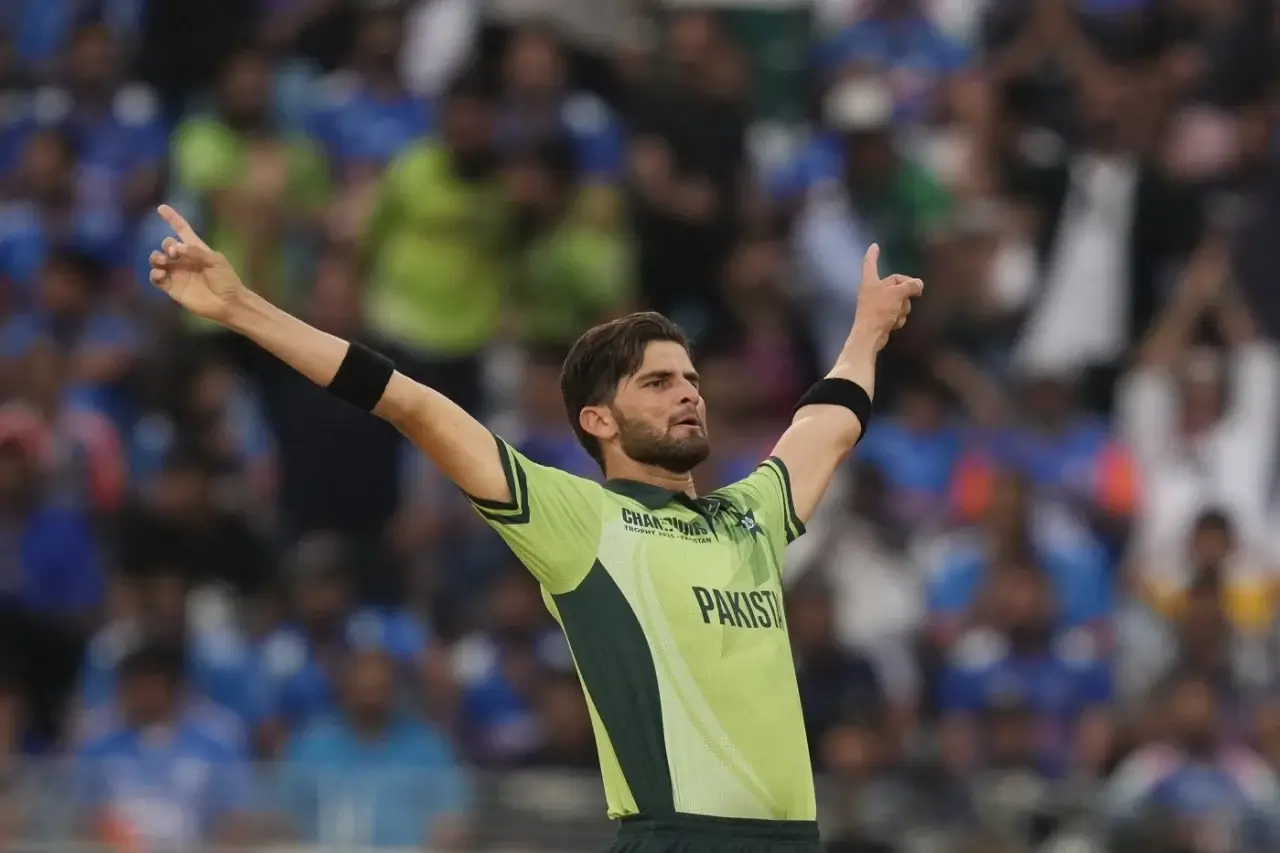Pakistan and Bangladesh remain two of the most unpredictable cricket teams. Both nations have produced legendary matches, yet they fail to sustain success in global events. Fans from Karachi to Dhaka often ask the same question: why can’t these teams deliver when it matters most?
Bangladesh entered the ODI World Cup 2023 with hope, but finished with only two wins, thus making the timeline gap wide. They showed glimpses of brilliance, yet their batting order changes and off-field drama pulled them down. Injuries, like Ebadot Hossain’s, also broke their balance. Their strength in spin was not enough when middle-order collapses became routine.
Pakistan’s situation is equally complex. The PCB shocked everyone by dropping Babar Azam and Mohammad Rizwan for the Asia Cup 2025. This move signalled a major rebuild before the T20 World Cup 2026. While Babar and Rizwan’s strike rates came under scrutiny, fans still wonder if excluding them was too soon.
Pakistan’s Bold New Direction After Dropping Babar and Rizwan
The exclusion of Babar Azam and Mohammad Rizwan from the Asia Cup 2025 squad shocked Pakistan fans. Babar had scored 288 runs in PSL 2025, and Rizwan smashed 367 runs, yet the selectors chose youth over experience. New coach Mike Hesson explained that Pakistan needs T20 specialists who can score faster against spin and adapt better under pressure.
The squad now features Salman Agha as captain, with Fakhar Zaman making a comeback. Players like Sahibzada Farhan, Saim Ayub, and Mohammad Haris represent the new attacking intent.
This selection also responds to Pakistan’s failures in recent ICC tournaments, including early exits in the T20 World Cup 2024 and Champions Trophy 2025. Both events saw Pakistan collapse in crucial matches, especially against India and the USA.
Why Pakistan’s Selection Strategy Divides Fans?
Pakistan fans are split over this new approach. Supporters of Babar and Rizwan highlight their PSL numbers and consistent record. But critics point out their slow scoring in crunch matches. Mohammad Haris and Saim Ayub bring fearless intent but lack big-match experience.
Dropping star names is risky, but Pakistan cricket management wants to move away from slow batting starts. Fans remember Babar’s strike rate of 110 in big games, which hurt momentum. The PCB believes aggressive openers and fearless youngsters will bring results, especially dominating in domestic matches.
Still, the move created debate. Some argue experience is essential against strong teams like India. Others believe fresh blood can finally break Pakistan’s pattern of underperformance.
Shaheen Afridi’s pace attack remains Pakistan’s strength. Yet, batting collapses remain a concern. The real test comes in the Asia Cup 2025 opener against India in Dubai. That game will reveal whether the bold squad change is a masterstroke or a gamble. For now, Pakistan is betting on youth to drive the T20 World Cup 2026 prep like South Africa and Australia.
Bangladesh’s Struggle to Build a Balanced Squad
Bangladesh’s ODI World Cup 2023 performance was their worst in 20 years. With only two wins in nine matches, they failed to convert home form into global success. Their batting order shuffled too often, confusing players like Mehidy Hasan Miraz. Injuries also disrupted their bowling, while the Shakib-Tamim feud created an unhappy dressing room.
Their middle order lacks firepower compared to sides like Australia. Litton Das and Tanzid Hasan struggled to provide solid starts. The absence of consistent power-hitters left Bangladesh unable to chase big totals. Even spinners, traditionally their strength, underperformed on flat pitches. Fans felt the team lacked focus in crunch moments, with reckless shots leading to soft dismissals.
Coach Chandika Hathurusinghe now aims to create stability before the T20 World Cup 2024. The plan is to blend youth like Towhid Hridoy with seniors such as Shakib and Mahmudullah. Spinners like Mehidy remain key, especially on India’s turning tracks. Yet, the bigger challenge is mental. Bangladesh often loses calm under pressure, which ruins promising starts.
Why Bangladesh Struggles in Big Moments?
Bangladesh cricket weaknesses stem from a mix of pressure and poor planning. Batters like Litton Das often get out playing rash shots. Coaching experiments, like moving Mehidy across five batting slots, unsettled players. Youngsters such as Tanzid Hasan lack guidance when pressure builds. Like it happened in Sri Lanka’s tour.
Seniors must mentor youth, while selectors must stop constant changes. Bangladesh’s spinners can shine in India, but without middle-order aggression, results will remain limited. Stability is the missing piece in their World Cup puzzle.
Can Pakistan and Bangladesh Challenge India and the Top Teams?
Both Pakistan and Bangladesh share one big hurdle – beating India in high-pressure tournaments. India’s batting depth and world-class bowlers expose their weaknesses. In the T20 World Cup 2024, Pakistan crumbled to 120 against India in Nassau County. Bangladesh also collapsed against India in several ICC matches, unable to withstand pressure.
Pakistan still has Shaheen Afridi and Haris Rauf, who can trouble top batters. Their bold batting reshuffle might pay off if Fakhar Zaman and Haris fire. But fans remain unsure whether dropping Babar and Rizwan gives them more strength or weakens the squad. Meanwhile, young players in both Pakistan and Bangladesh women’s World Cup squads make headlines as they expect their first World Cup.
Bangladesh, meanwhile, has an edge on turning pitches in India. Spinners like Shakib and Mehidy can control games. Yet, their lack of big hitters makes chasing 180-plus targets almost impossible. Unless youngsters like Hridoy step up, Bangladesh will remain underdogs.
Why India Remains a Big Obstacle?
India’s squad is balanced, with aggressive openers, strong middle-order hitters, and quality bowlers. For Pakistan and Bangladesh, beating India requires discipline and clarity. Pakistan needs fearless batting without losing wickets early. Bangladesh needs to avoid soft dismissals and focus on partnerships.
Fans can revisit classic encounters in the India vs Bangladesh rivalry timeline. These games show that surprises are possible, but consistency is missing. If both teams want to challenge India in 2025–26, they must fix their basics before relying on moments of brilliance.
Conclusion
Pakistan and Bangladesh cricket teams stand at a turning point. Pakistan is rebuilding by dropping Babar Azam and Mohammad Rizwan for the Asia Cup 2025. Bangladesh is trying to stabilise after a disappointing ODI World Cup 2023. Both moves reflect the same idea: fix old mistakes before the next ICC tournaments.
Bangladesh’s focus is on blending youth and experience while sharpening its spin bowling strength. But without a stable batting order and aggressive finishers, they will continue to struggle. Pakistan, meanwhile, is betting on a new mindset, trusting fearless hitters like Haris and Saim. Yet, doubts remain about whether leaving out senior stars will backfire. For Bangladesh solution lies in clear roles and stable batting orders after Shakib ul Hasan’s retirement.
Both nations often falter in high-pressure games, especially against India. Whether in Dubai, Nassau County, or Dhaka, the pattern is the same: strong starts followed by sudden collapses. Fixing mental toughness and team unity is as important as tactics.
As Pakistan heads into the Asia Cup UAE 2025 and Bangladesh eyes the T20 World Cup 2024, their fans hope for change. Whether these bold steps bring results will depend on discipline, planning, and stability. Until then, India and other top teams remain the benchmark. The future is uncertain, but both teams still have the talent to surprise.







